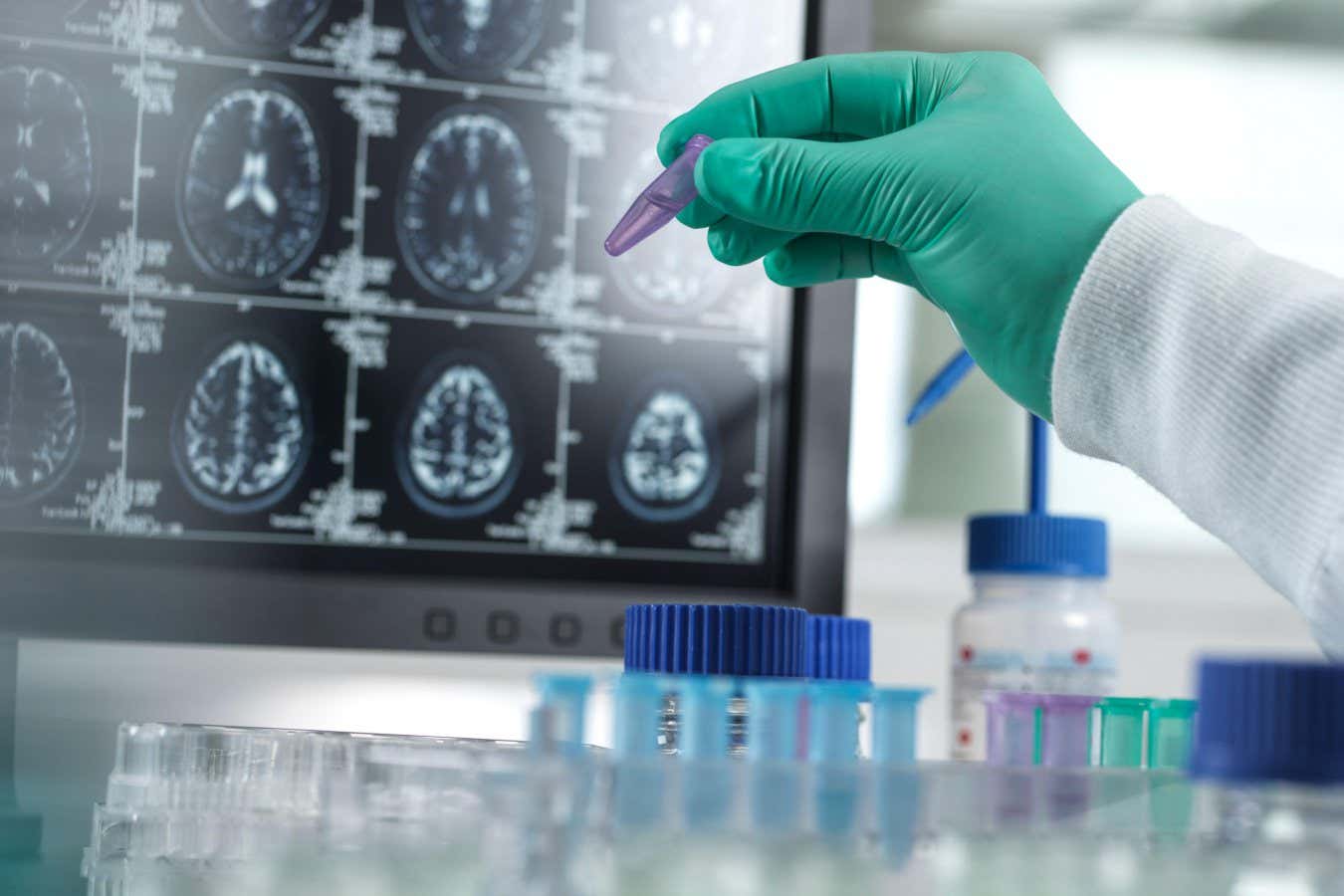A small group of people appear to have developed Alzheimer’s disease or other types of cognitive impairment after receiving contaminated growth hormone injections from cadavers as children
By Chen Ly
29 January 2024
Some recipients of human growth hormone showed signs of Alzheimer’s disease on their brain scans
Teek Image/SPL/Alamy
Five people appear to have developed Alzheimer’s disease after receiving growth hormones from deceased donors’ brains as children. Although based on a small group of people, this suggests that the condition could theoretically be transmitted during medical procedures. However, measures are in place to prevent this. One expert has also pointed out that this study doesn’t definitively prove that these recipients developed Alzheimer’s in this way.
From the late 1950s until 1985, children around the world with growth issues received injections of human growth hormone, derived from the pituitary gland in the brains of donor cadavers. In the UK, more than 1800 children received this treatment, while around 7700 children did so in the US.
Read more
We may finally know how cognitive reserve protects against Alzheimer's
Advertisement
The approach was banned globally when it came to light that some recipients died from a rare condition called Creutzfeldt-Jakob disease after receiving hormones contaminated with misfolded proteins called prions. These cause progressive and irreparable damage to the brain and nervous system by clumping together and making other proteins misfold.
Now, Gargi Banerjee at University College London and her colleagues have uncovered a handful of other people who may have developed Alzheimer’s disease from these treatments. Similar to prion-related conditions, a key characteristic of Alzheimer’s is the abnormal build-up of two misfolded proteins in the brain: beta-amyloid and tau.
As part of the UK’s National Prion Monitoring Cohort, the team reviewed eight cases where people received batches of donated human growth hormones as children that were later discovered to contain traces of misfolded beta-amyloid.
